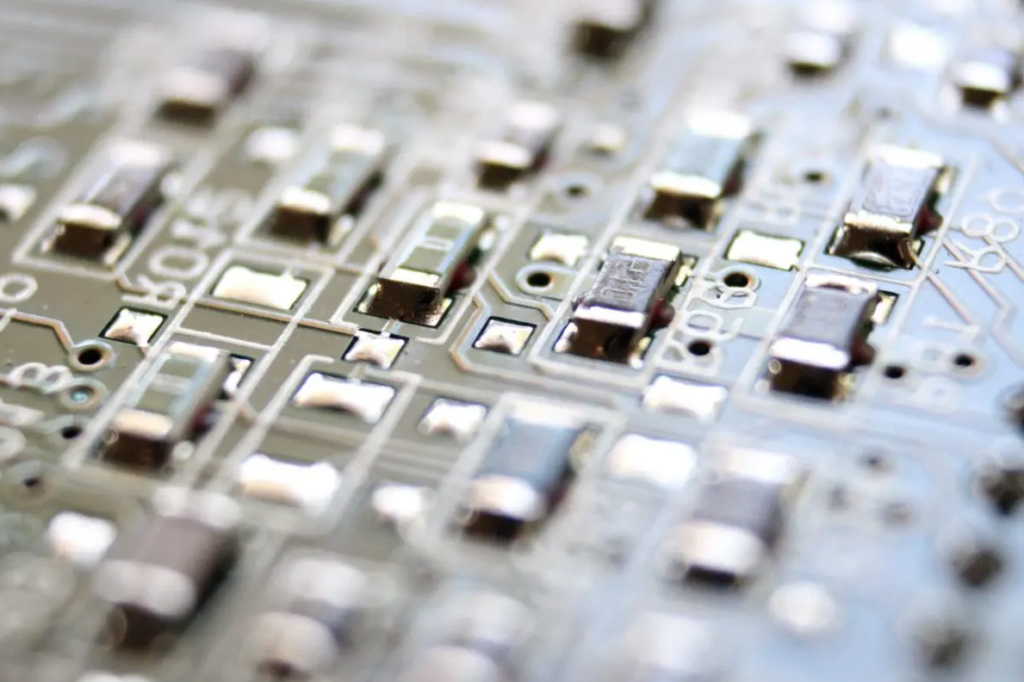The ‘philosopher’s stone to recover gold from waste
(Sustainabilityenvironment.com) – Electronic waste is a small gold mine, literally. Printed circuit boards can contain up to 60 different chemical elements, offering a valuable secondary source of precious and base metals. Gold included. A 2014 study estimated that by recycling a ton of phones you could get an average of up to 0.34 kg of Au. Too bad that recovering gold from e-waste is a process often complicated, inefficient and related to the use of chemicals or high temperatures. A hand in the circular economy comes today from an international study, edited by the University of Manchester, Tsinghua University and the Chinese Academy of Sciences. The team of researchers has developed a fairly simple method to recover gold from electronic waste. The trick? Use graphene.
According to the article in Nature Communications, the scientists first ground the waste and then dissolve it in a solution. A graphene oxide “sheet” was then added to the latter. In a few minutes the pure gold began to accumulate on the surface of the sheet and to extract it the researchers simply burned graphene.
Says Dr Yang Su of Tsinghua University, who led the research: “This apparent magic is essentially a simple electrochemical process. Unique interactions between graphene and gold ions guide the reaction and also produce exceptional selectivity. Only gold is extracted without other ions or salts”.
In detail, 1 gram of graphene is enough to recover almost double the amount of gold. And also in highly diluted samples. “Not only do our results promise to make this part of the economy more sustainable – added Professor Andre Geim of the University of Manchester, co-author of the research – but they also emphasize how different atomic-thin materials may be different from their better-known ‘parents’. Graphite, for example, is useless for extracting gold, while graphene represents almost the philosopher’s stone”.

